https://wansteadvillagedirectory.com/2024/11/06/park-projects/
As part of the Epping Forest and Commons Committee‘s regular cycle of visits to the assets we are responsible for conserving, we were delighted to be back in Wanstead Park this weekend to hear updates from senior offices at the City of London Corporation who leading on some of our key projects.
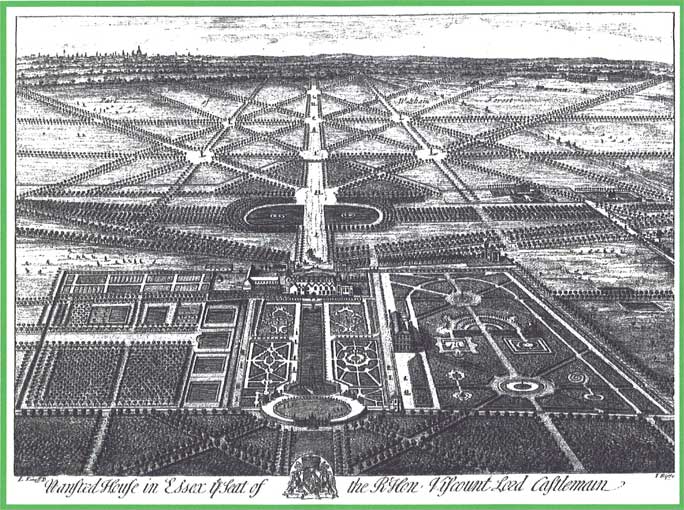
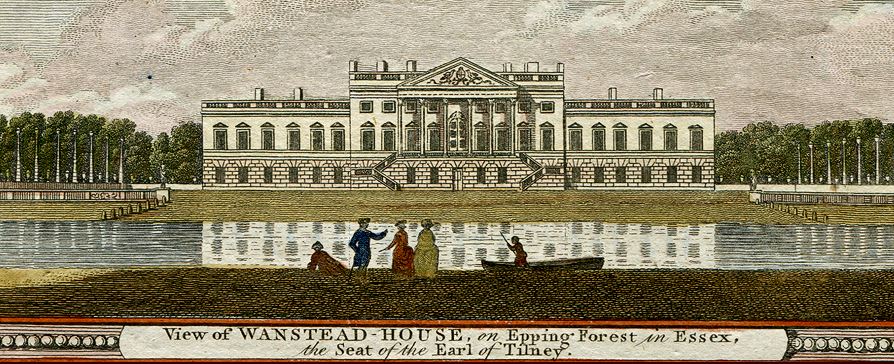
For those who may not be aware, Wanstead Park is a Grade II* Registered Park and Garden (RPG) and has been on Historic England’s Heritage at Risk Register (HARR) since 2009. In 1954, The Temple and the nearby Grotto were designated as Grade II Listed Buildings, while in 1970 the Wanstead Park area was designated as a Conservation Area. The Wanstead Park Conservation Area was added to the HARR in 2010 while The Grotto was separately added to the HARR in 2017. In it’s prime, Wanstead House was known to rival the Palace of Versailles in its grandeur and opulence – it was the pride of the East End of London. You can read more about its history here.
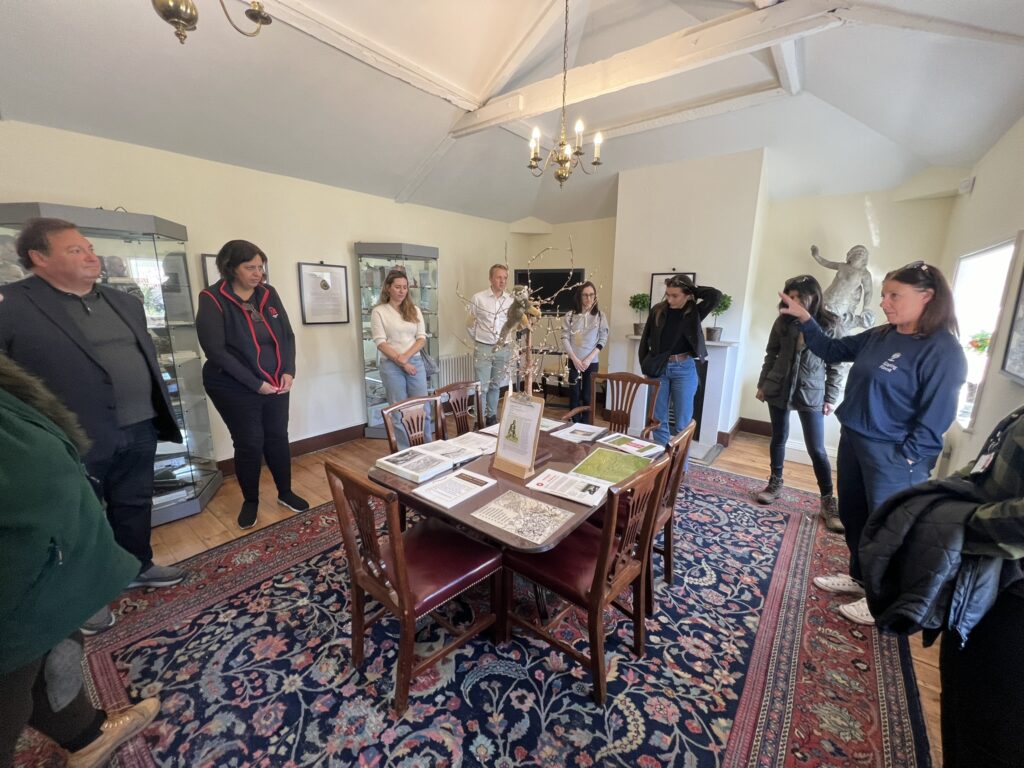
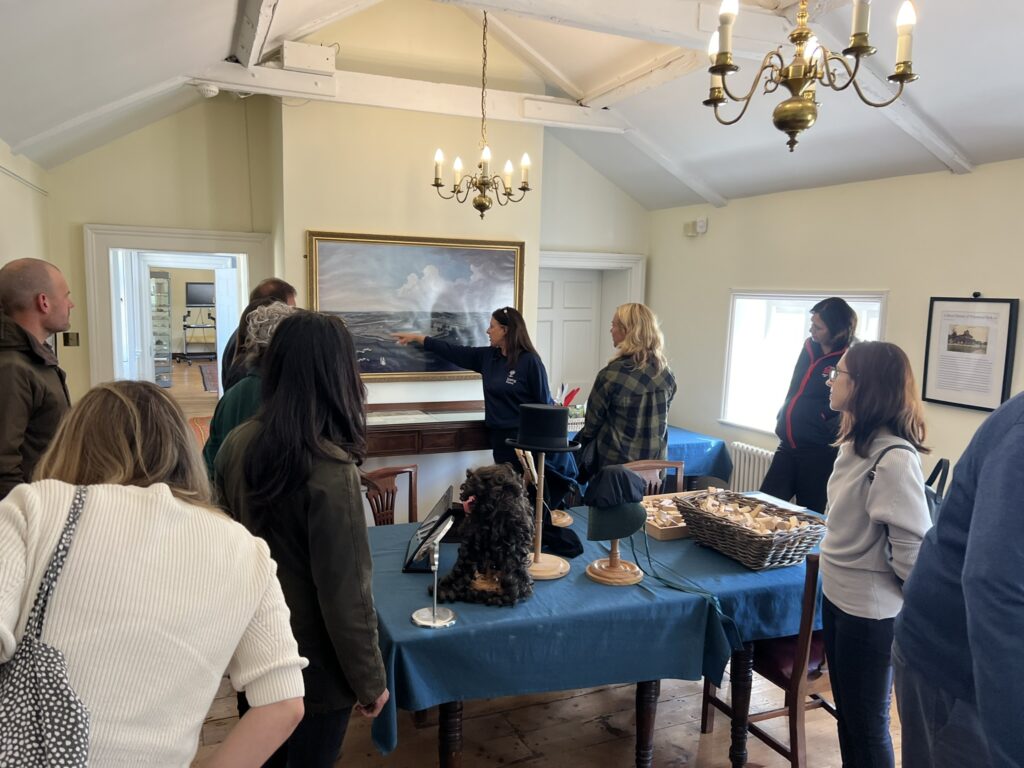
Our briefing began at The Temple, hearing details of the building’s history from the Superintendent and the City Surveyor’s team. Currently, The Temple is only open to the public for a small number of days each year. The use of the building is current a mix of office space, visitor centre and a sort of museum. Many of the historic sculptures and artifacts which featured as part of the Estate in its heyday have been carefully preserved and put on display. Our visit coincided with the Open House Festival, so was able to be enjoyed by the public.
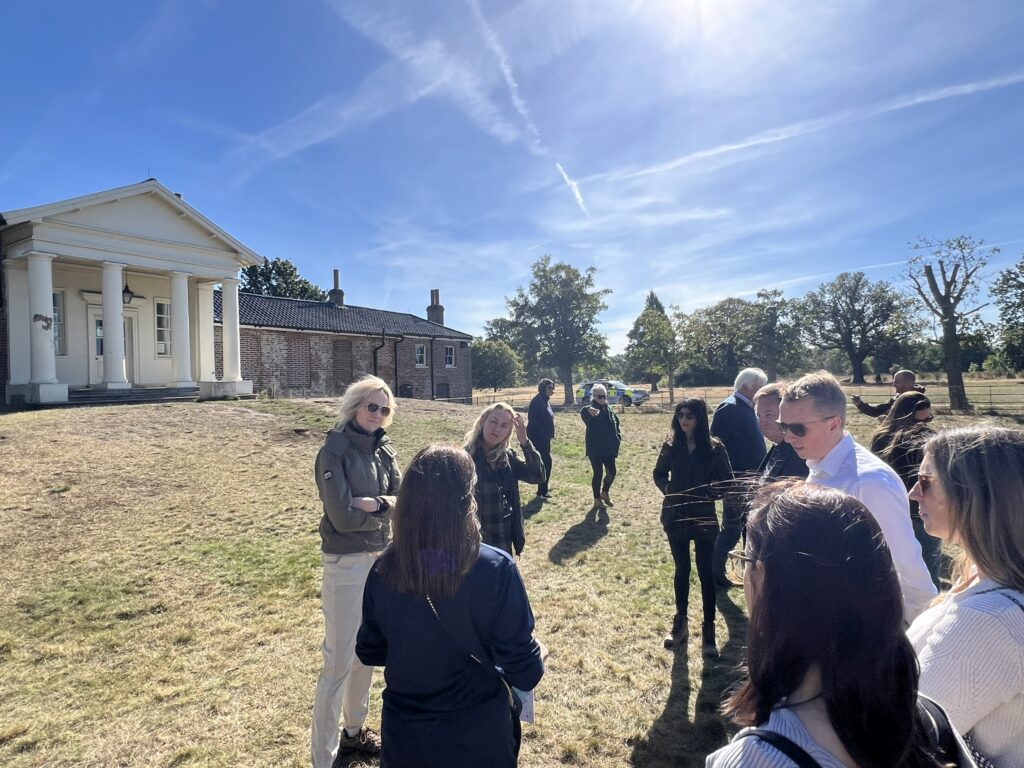
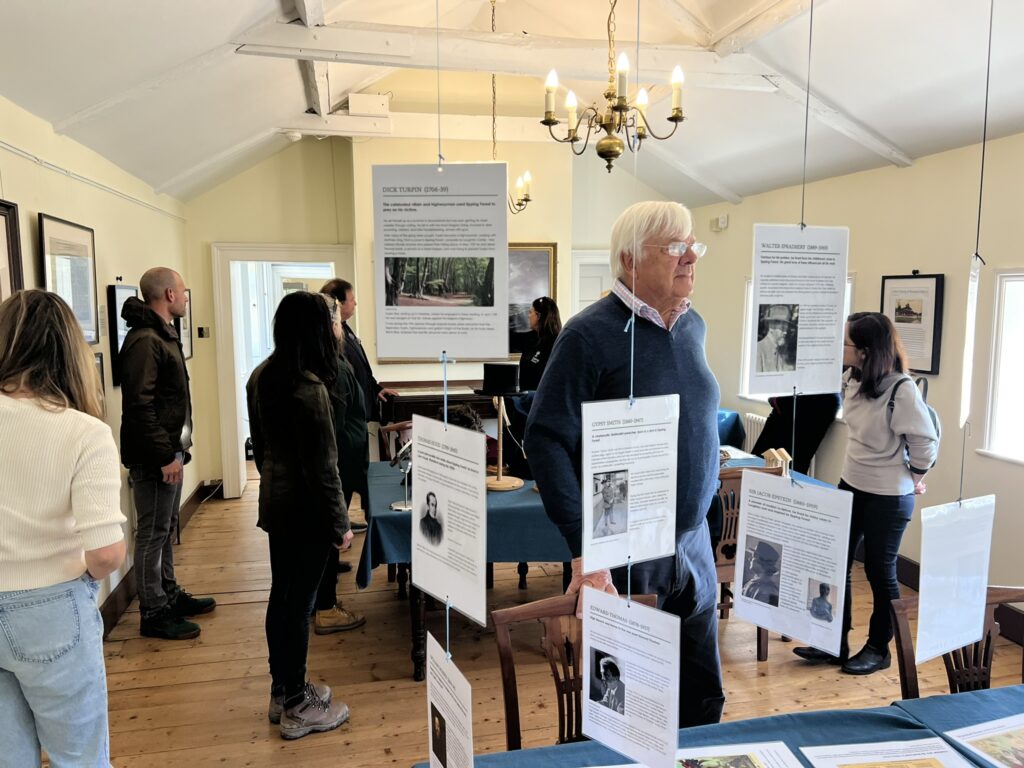
Over the past year, we commissioned a Conservation Management Plan (CMP) for The Temple. The CMP sets out the history of The Temple, articulates its significance and analyses the issues, risks and opportunities associated with the building. It also provides a set of conservation policies within a conservation framework to guide the future management of the site. A condition survey and maintenance and management plan have been produced in tandem with the CMP, all of which has been formally adopted by the Epping Forest and Commons Committee in May 2024. A study into the long-term use and purpose of The Temple is needed as a follow up to the Wanstead Parkland Plan to ensure that future use is appropriate, needed and financially viable for the Epping Forest charity. Stakeholders engagement will, of course, include the Friends of Wanstead Parklands. For those interested, the full details of conservation management plan can be found here, under item 10.
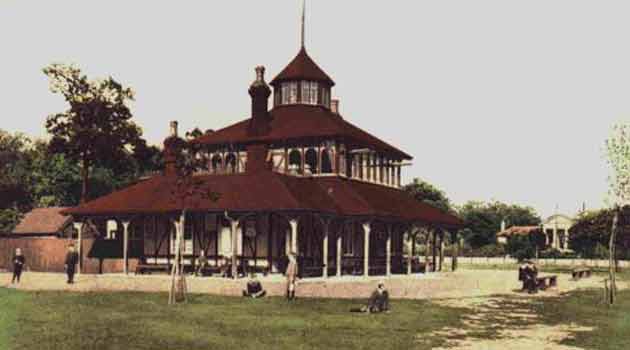
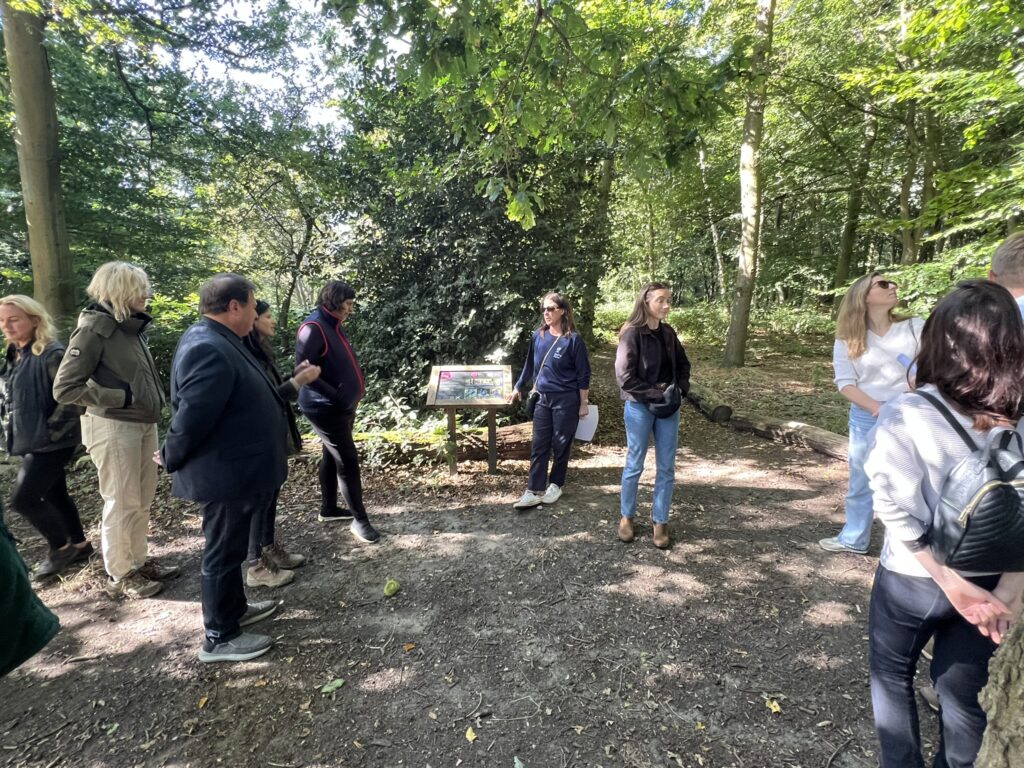
After taking a tour of the gardens, we moved over to Chalet Wood, which gets its name from an elaborate refreshment building (pictured above) which burnt down in 1948. Chalet Wood is now famous for the sea of bluebells that grow and are visited by the masses each spring. The Superintendent briefed members on the work volunteers and staff had done together to line the pathways with logs, invest in new signage, conduct public education and media campaigns and have Forest Keepers patrol the areas during the busiest times. As a result, this year we had seen some regrowth in the bluebells for the first time in some years.
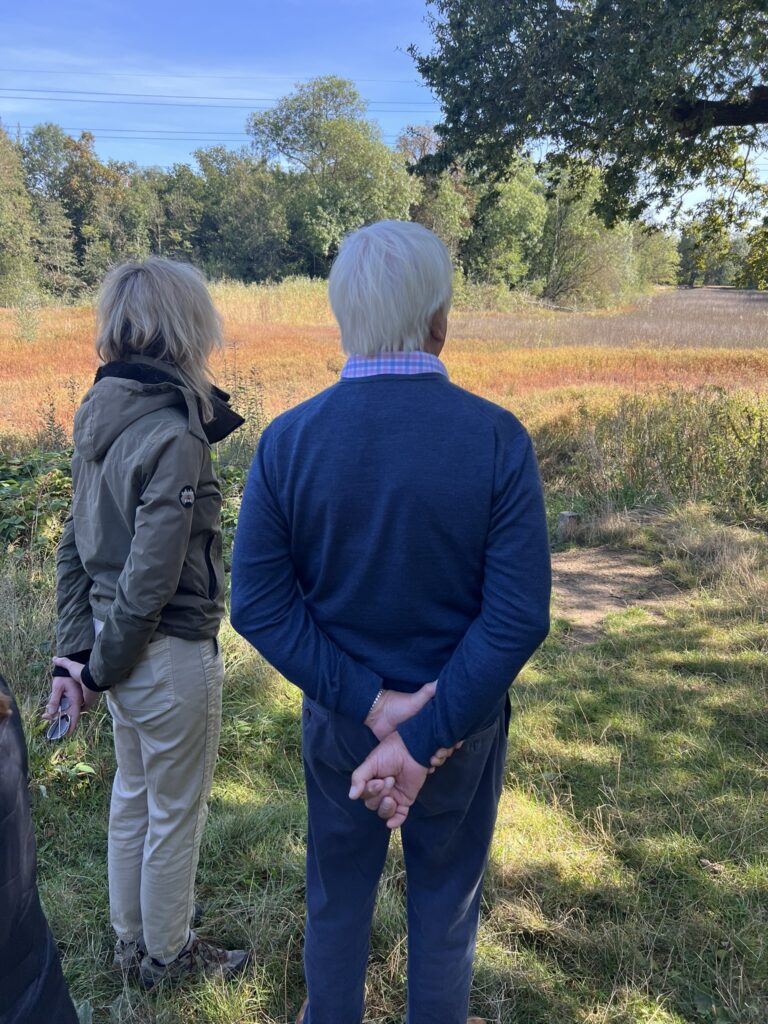
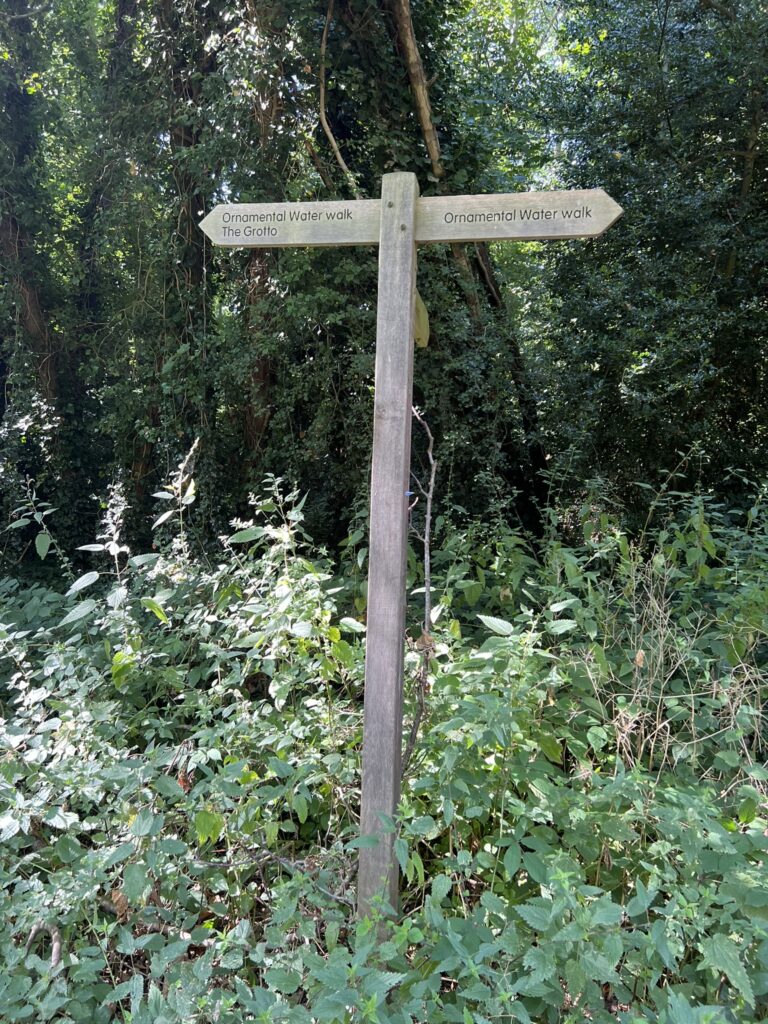
We then walked the full length of Ornamental Water with our Senior Sustainability and Lead Environmental Resilience Officer in the District Surveyor’s team. With this waterbody completely dry and full of so much vegetation, I do understand the frustrations of those who have written to me asking that we take this seriously. I honestly say we do and we are trying everything we can to improve the water resilience of Wanstead Park. However, I have always been transparent in saying that the odds are stacked against us with Ornamental Water. The Environment Agency has warned the Mayor of London that within 25 years, London could run out of water (London’s water crisis | London City Hall). We have a responsibility to ensure that the solutions we seek for these man-made waterbodies are sustainable, or to consider alternative options which reimagine some areas of Wanstead Park, in the best interests of the environment.
So what specific actions are we taking?
Epping Forest currently have an abstraction licence in place to pump 236,520 m3 of potable aquifer water each year up until 2028. This is pumped directly into the Heronry Pond and filters down through the cascade. Future abstraction licences are not likely to be permitted and, as such, this is not a long-term sustainable operation. Therefore, the reinstatement and extension of an ‘up cascade’ scheme needs to be developed. We have engaged expert consultants, Spaflow, to design a new pump house and new pumps to extract water from the River Roding. Our consultants have engaged extensively with the Environment Agency to ensure all of their proposals meet the extraordinarily tight criteria we have to operate within. This phase of the project has £150,000 allocated from the City of London Corporation.
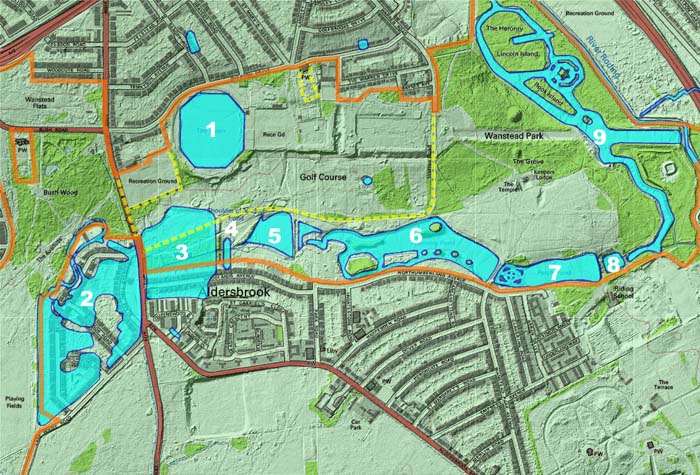
The proposed new pump house will include filters and pumps which prevent fish (including eels and elvers) being drawn into and harmed by the pumps. The filtration requirements involve quite sizeable mesh “screening” around the suction inlet, with a built-in rotary cleaning device and a built-in back wash pump. We have now submitted these detailed proposals to the Environment Agency, however, it can take the Environment Agency up to 12 months to consider this application. It is our ambition to begin pumping from Winter 2025, however, this is completely reliant on all of the required legal and regulatory permissions, as well as the completed procurement and maintenance contracts, being in place.
One of the outstanding concerns is the quality of water in the River Roding at the moment. We are working with Thames Water and Redbridge Council to address unlicensed discharges of waste into the river and with Thames 21 who have commenced a citizen science-led water monitoring programme from Wanstead Park to Chigwell Golf Course. This started in May and is scheduled to complete by 30 September. A technical report will be produced thereafter.
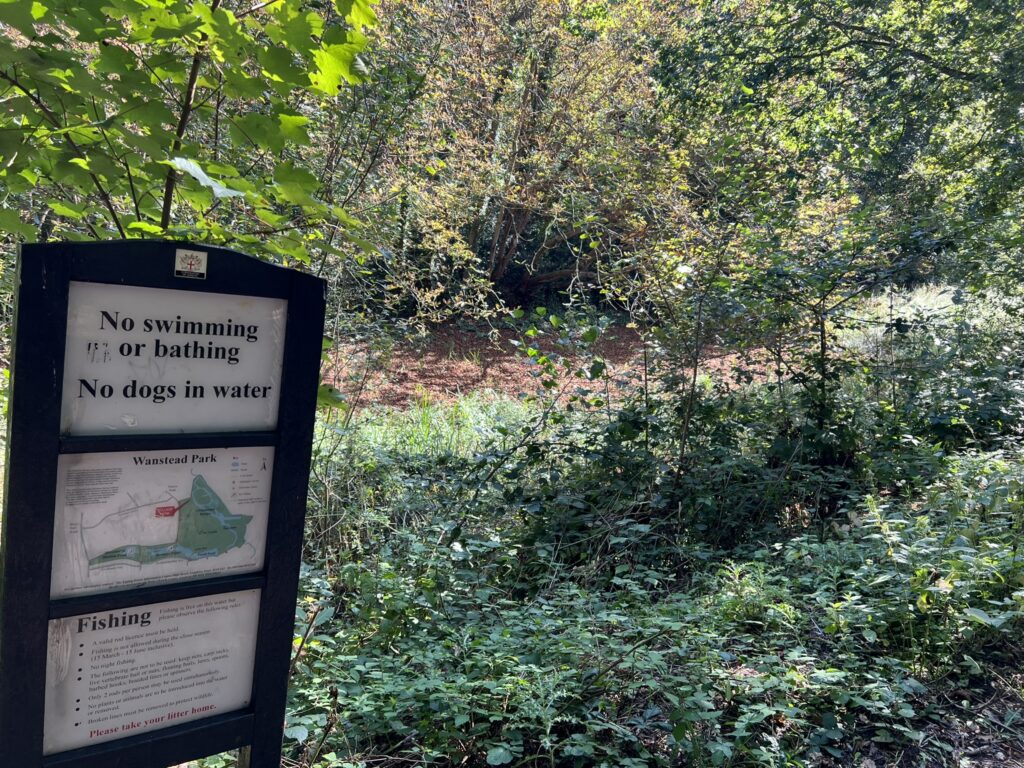
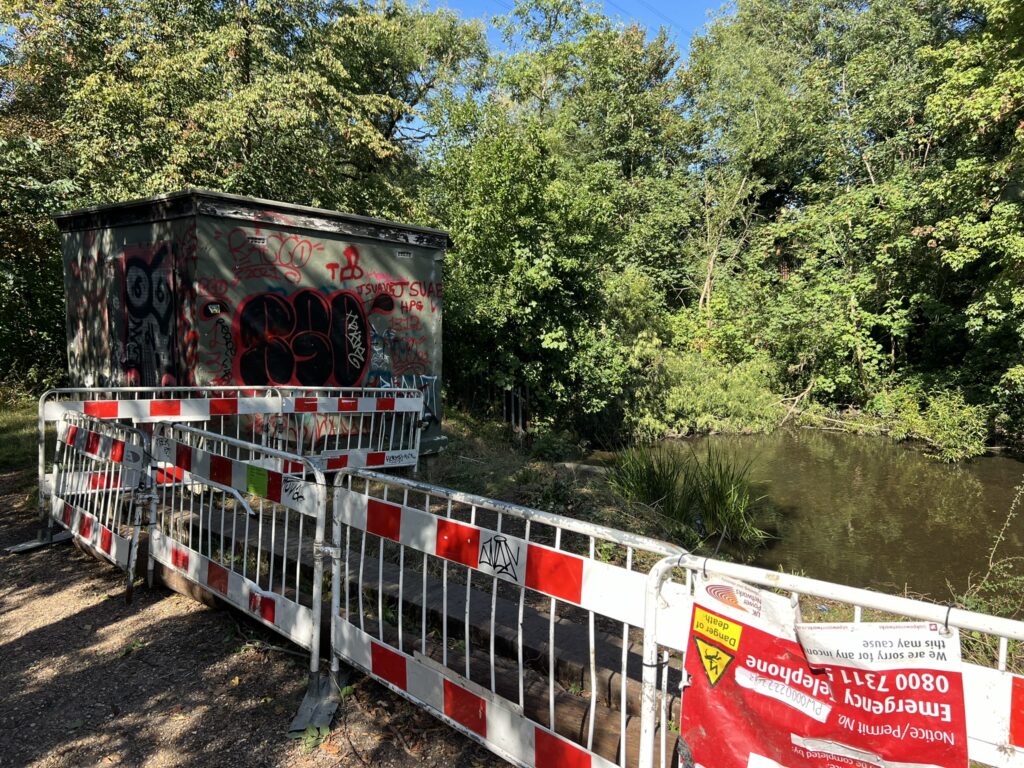
I am also aware that there is a sense of irony that the usual water safety signs ask visitors not to swim or bathe in the non-existent water! Bare with us.
It a strange twist of fate, there is an unintended benefit to Ornamental Water being dry, as it enables contractors to undertake restoration work to The Grotto. The Grotto dates back to 1761 and directly below the main room was a boathouse, which opened directly onto the Ornamental Water. Sadly, most of The Grotto was destroyed in an accidental fire in 1837. As mentioned above, the remaining structure is a Grade II Listed Building and has been on the Heritage At Risk Register since 2017.
So what specific actions have we taken?
* We have undertaken structure investigations and trial pits to understand the foundations, ground conditions and construction materials.
* Structural investigations and trial pits to understand the foundations, ground conditions and construction materials around the Grotto and landing stage.
* Archaeological and geological cataloguing has taken place for any loose material, including retrieval of loose stones from the Ornamental Water lake bed.
* A restoration and maintenance plan to RIBA stage 3 has been commissioned and is currently underway focusing on the essential repairs and restoration works to the Grotto.
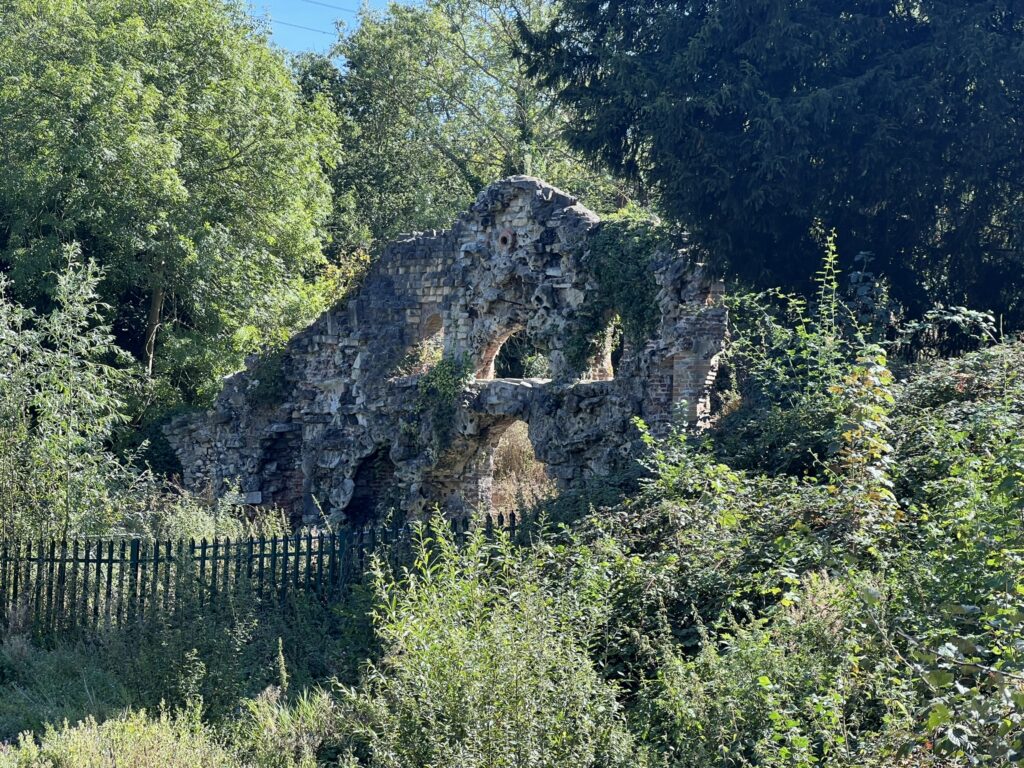
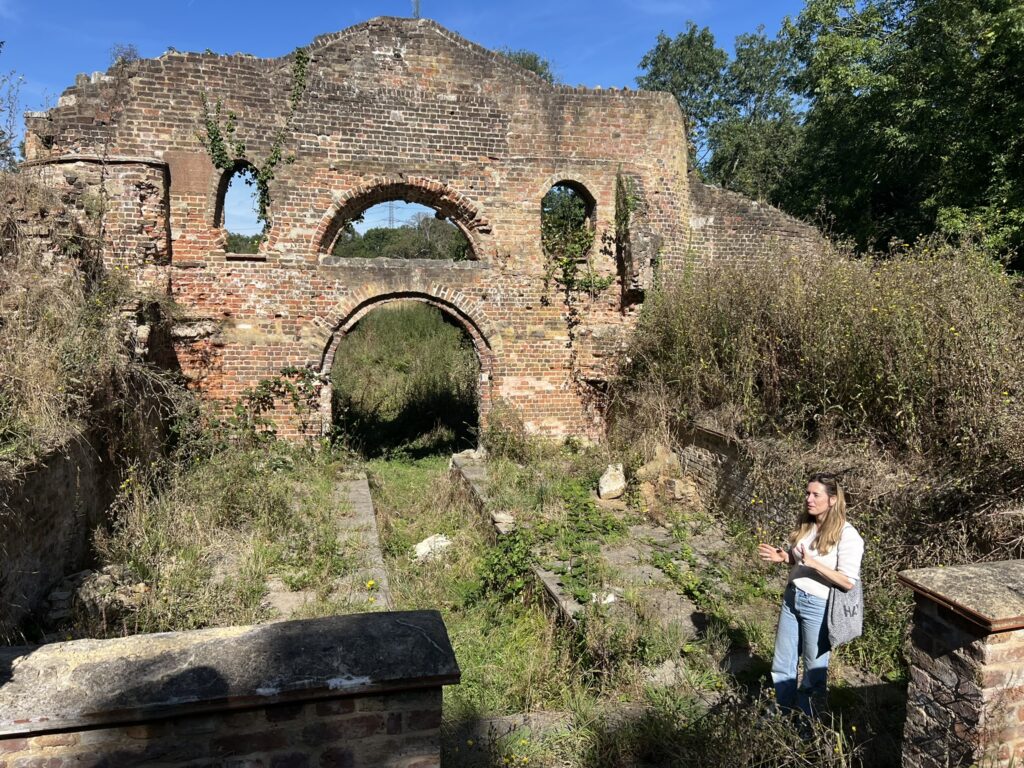
So what specific actions do we still need to take?
* Structural investigations and trial pits identified that there was a variation in the construction materials of the Landing Stage, therefore an updated construction specification and listed building consent for the Landing Stage has had to be sought. This will be submitted by the end of September 2024, with the hope consent will be granted before the end of the year. £150,000 of funding for the restoration and maintenance plan was secured in November 2023 from the City of London Cyclical Works Programme. There is also a contribution of £14,000 by the Heritage of London Trust (HOLT).
* The restoration and maintenance plan will include recommendations for desirable repairs and restoration works to the Grotto and would include recommendations on public access and visitor information. External sponsorship is required to deliver these elements and external funding opportunities are being explored. A further study will be required to determine and cost longer term use.
We then moved onto the other waterbodies, including Shoulder of Mutton, Heronry and Perch. Due to their size, these are classed as ‘Large Raised Reservoirs’ by the Environment Agency. This means we have statutory duties to keep the ponds safe. Following an inspection in 2018, these 3 ponds were designated a ‘High Risk’, suggesting that there could be dam failure to the walls of the ponds which could potentially cause loss of life if the ponds were to overtop.
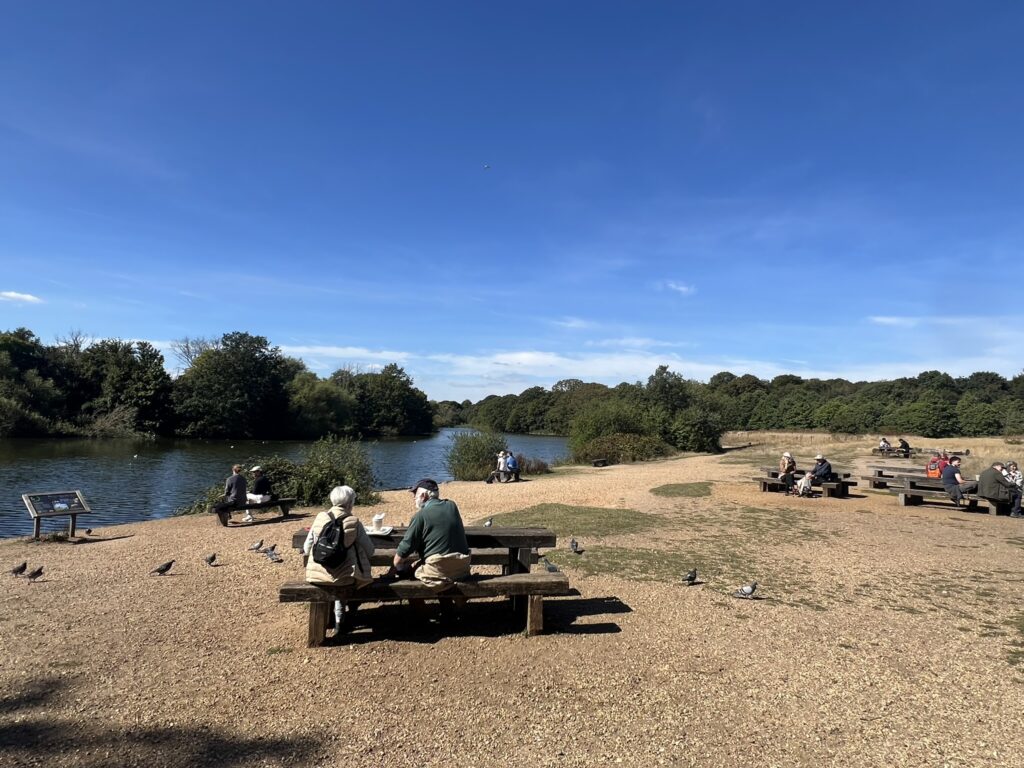
The City of London Corporation is investing £1.15 million to reinforce dams and implement flood prevention measures. This includes grass management to Shoulder of Mutton dam, dam strengthening works to Heronry and Perch and dam re-enforcement works to Ornamental Water (north wall and canal wall). Our timeline for the design and tender process up to the commencement of works is outlined below:
* May/June 2024 – design tender
* July/August/September 2024 – detailed design
* October/November 2024 – works tender
* November 2024/January 2025 – gateway 5
* January/February 2025 – preparatory works (as required)
* March 2025/September 2025 – works start (bird nesting dependant)
* November 2025 – completion
As mentioned above, the Wanstead Park Waterscapes Adaptive Pathway Plan identified the need to contribute to a more sustainable waterscape. The Lost Spur and Reedbed Creation project will be led jointly by the City of London Corporation’s Surveyors, Epping Forest and Thames21. Thames 21 are generously investing £80,000 in works that contribute to the reduction of pumping from the aquifer and to the reedbed creation project. A further £30,000 of funding has been allocated by the City of London Corporation, from their Carbon Reduction Fund.
We also visited the natural woodland play area, which was opened in June 2023 and has been heavily used by families since. New picnic tables and benches were installed in June 2024 and there are plans for a new pathway and an all-ability swing , which will be funded by The Aldersbrook Families Association and the Friends of Wanstead Parklands.
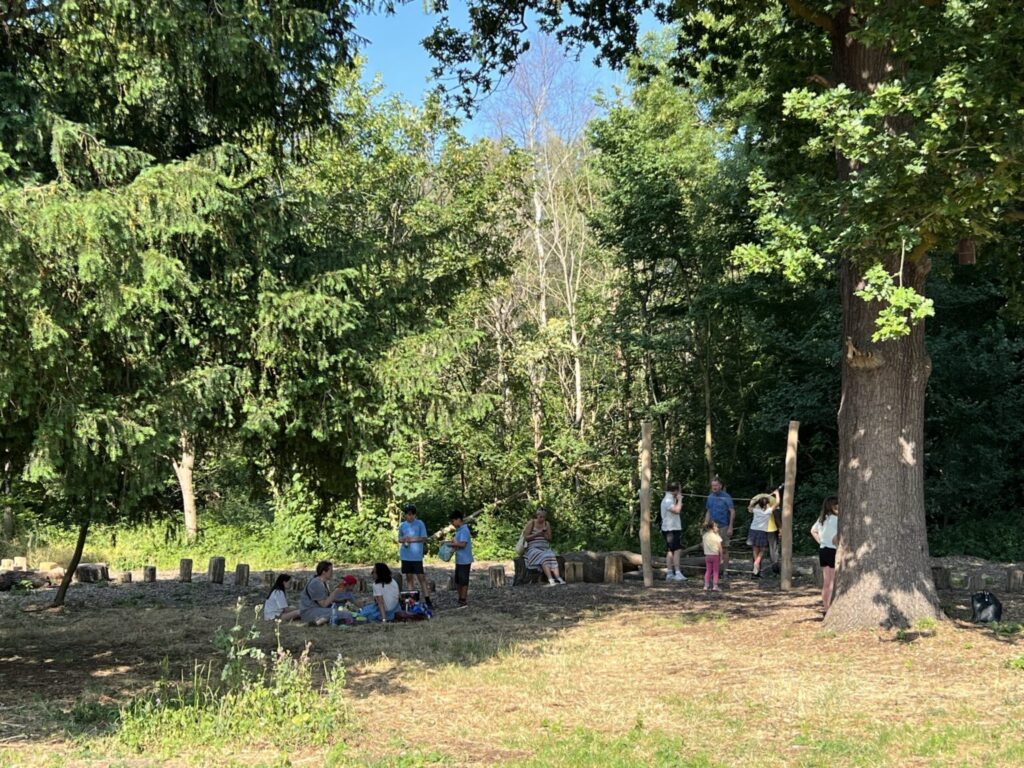
Finally, some discussion has been taking place about the original Georgian Parkland fencing, which is thought to have been lost in a major property sale in 1822. Survey work needs to be undertaken of the current failing concrete and steel fencing system installed in the 1950s (that replaced an earlier oak paling system installed in 1882) to consider what could replace it. Currently no funding is allocated to this project.
Before departing, we managed to check in on two of our longhorn cattle, who had been busy grazing and were having a rest in the afternoon sun. Nina (pinkish brown) and Mara (greyish) have recently returned to Wanstead Park and form part of our 200 strong herd providing important conservation activities across Epping Forest.
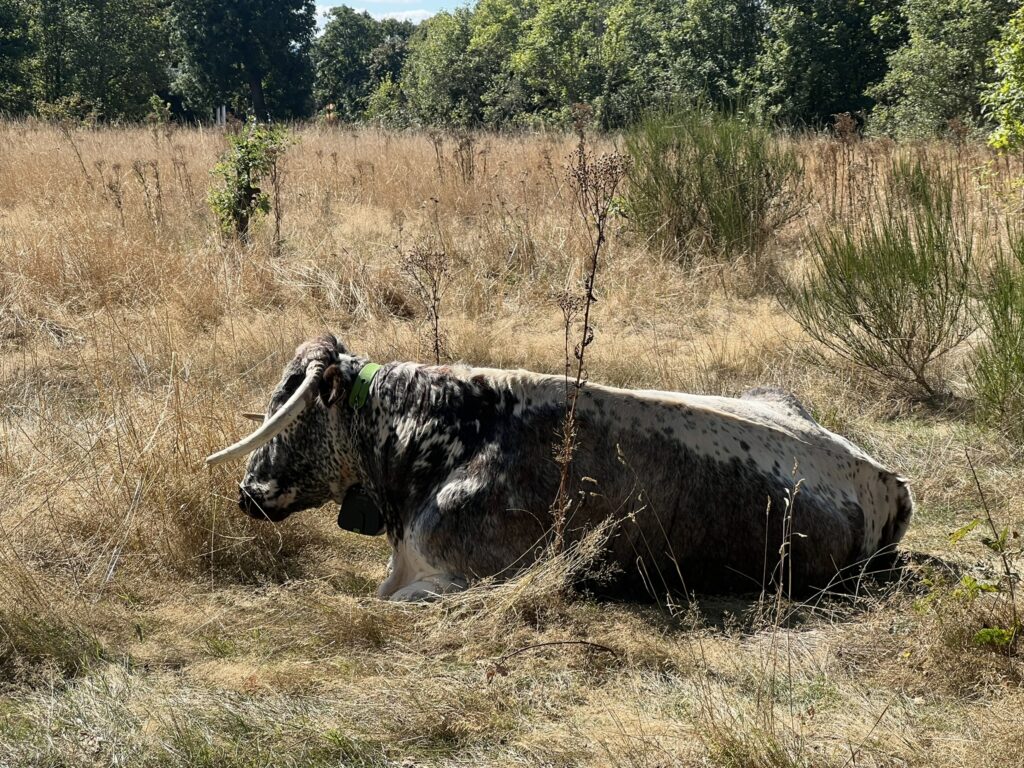
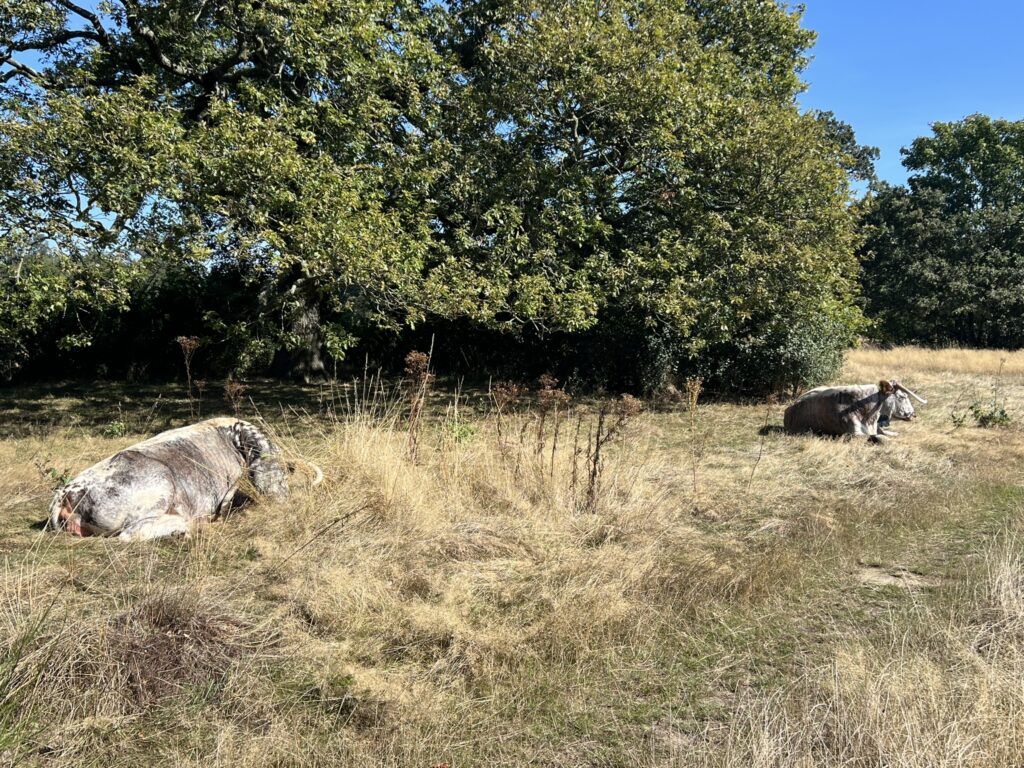
Hopefully that’s a useful update, but do sign-up to Epping Forest’s Forest Focus Newsletter here and follow social media accounts at Facebook, Twitter/X or Instagram if you would like to see more updates as these projects progress.
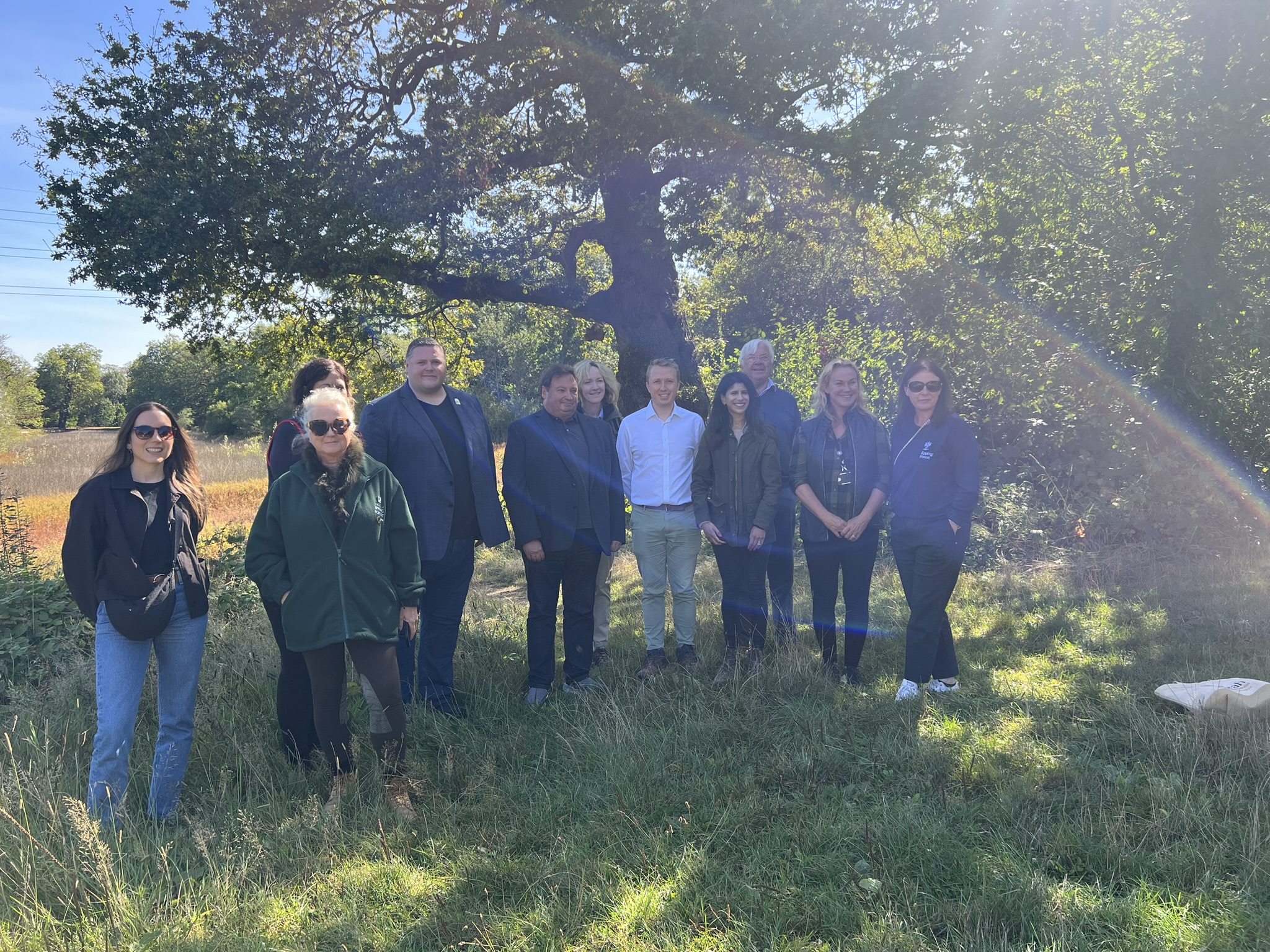
Seems so sad that all the wildlife that lived on in and around the lakes has now been lost or dispersed or predated while us humans argue about money which is hugely wasted on LTNs and speed humps and expensive ULEZ cameras while the very environment we need is left to dry up and be spoiled !!!.
We have a Wattisham summer but the water companies are as usual hoping for few dry days and bit of sun early next so they can declare a drought hose ban and huge prices rises to feather their bank accounts.
I have concerns that the Mayor is not really being honest about lack of water, there may well beca looming lack of drinking in London but as Industries have closed and moved away Londons Groundwater is rising and this surely what we tap into to refill and sustains the ponds..for provided it is not contaminated it could flow into the ponds were UV Bacteria Daphnia etc would break it down so suitable for fish etc.
We need to get tge lake up and running ASAP.
Is there going to be work parties to dig out silt remove logs etc ready for water to return?
Like is done so successfully by the Canal Enthusiasts ??
Hi Christopher,
That’s a lot of comments to unpack! I won’t comment on Thames Water or the Mayor of London, but I will say that climate change is having a real impact and that’s why resilience to changing weather patterns and the impact of growing housing / commercial development is really important in considering what is a sustainable model for Wanstead Park.
On your later point regarding working groups, yes, we are working closely through our Stakeholder Liaison Groups and the Local Catchment Area Partnership to agree a collaboration amongst staff and volunteers to give Ornamental Water the best chance. We’re not quite there yet though, but more comms will be distributed directly from Epping Forest’s social media sites, as usual.